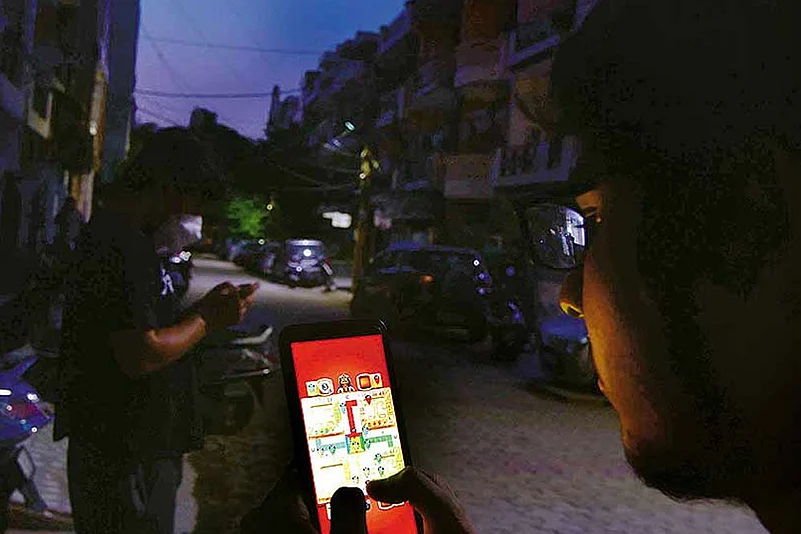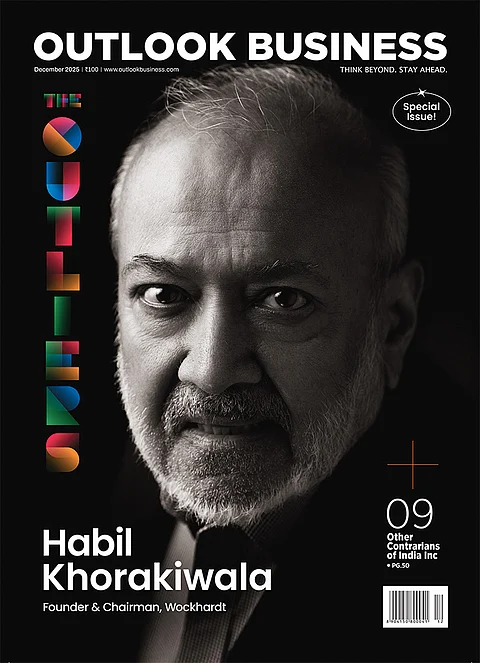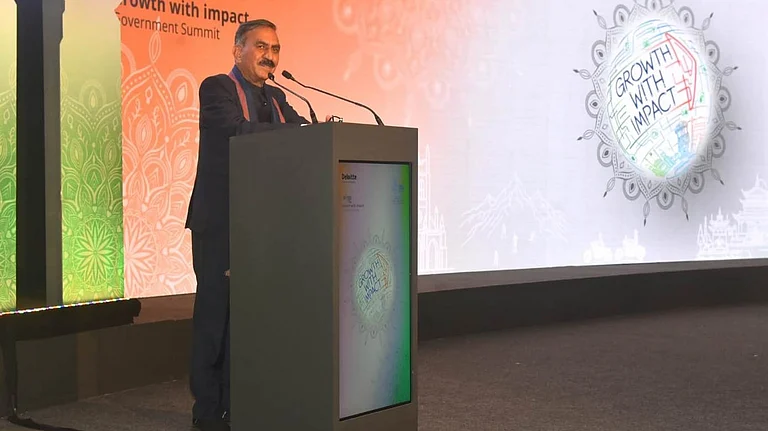Today, most start-ups in India are looking to prune their workforce and cut down expenditure to weather the funding crisis that has struck the industry hard. Industry estimates suggest more than 7,000 people have already lost their jobs in the ecosystem with many more staring at an uncertain future.
Against this backdrop, there is one set of start-ups that stands in stark contrast—the gaming start-ups where there are jobs aplenty and founders are constantly scouting for talent. The space, however, is plagued with a serious perennial issue of its own: talent crunch.
This crunch also comes at a time when companies had only started to grasp the massive opportunity and potential for gaming in the country. The segment grew by leaps and bounds during the pandemic both in India and globally. An increase in the number of wireless internet users, growing smartphone base and changes in perception of gaming as a means of entertainment have only fuelled the sector’s growth.
The numbers are just as impressive. With 420 million casual online gamers, India is second only to China. The Indian online gaming sector reached $1.03 billion in 2020, a growth of ~17.3 per cent from $543 million in 2016. With its current trajectory, it is expected to reach $2 billion by 2023 in terms of rake fees earned, found an EY-All India Gaming Federation (AIGF) report titled Online gaming in India – The GST conundrum. In June 2021, KPMG described India as among the world’s fastest-growing gaming markets, highlighting the industry’s future potential. Add to that the 400-odd start-ups present in the sector and you know the sector is on fire. The problem, however, is that the country does not have enough talent to keep it burning.
Hiring Hurdles
With most companies ramping up operations because of the expansion in the sector, the demand for game developers, game designers, front-end and back-end engineers, product managers, 3D modelers, character animation experts and those with experience in game logic and graphic design has risen significantly.
While there has been innovation on the product side, the industry certainly faces a talent crunch as far as game development and related skills are concerned, says Roland Landers, CEO, AIGF. “Evolution is happening on the technology side which is throwing up demand for fresh talent, particularly in the areas of live editing, production and post production. With more than 200-300 game development companies now in India, the demand for the right talent will only shoot further,” he says.
Metaverse, one of the biggest buzzwords in today’s parlance, has added another layer of complexity. Gaming has emerged as one of metaverse’s most significant use cases. The same was confirmed by Microsoft chairman and CEO Satya Nadella when he said, “Gaming is the most dynamic and exciting category in entertainment across all platforms today and will play a key role in the development of metaverse platforms,” while announcing the tech major’s plan to acquire game publisher Activision Blizzard for $68.7 billion. The popularity of Roblox, a gaming platform for kids, only confirms the potential of gaming in the metaverse. However, metaverse involves advanced technologies such as augmented reality, virtual reality and 3D, making it more difficult to find relevant talent.
Underlining the talent problem, Saurabh Gupta, co-founder, Tamasha.live, a platform building a next-generation gaming metaverse, says, “India’s gaming industry is still in its early stages with most of the action happening in the last four-five years. So, there is a very limited pool of senior gaming talent.”
Remuneration could be another drawback, feels Murali Reddy, co-founder and COO, Bullieverse, an open fantasy metaverse built specially for blockchain-based gamers and creators. “One thing is to find resources on the gaming side while the other is to find Web3 (third installment of the internet) resources. Apart from developers in the gaming industry, other skills such as level design, 3D character modeling, etc. do not attract great remuneration. So, not many choose to take up that work,” he says.
While most industry players say that the remuneration in the gaming space is on par with the IT sector, actual figures do not establish that claim. Saptarishi Ganguly, a Bengaluru-based game developer, who completed a gaming certification programme from Japan before taking up a full-time career in gaming, says the industry has no set standards. “I was earlier working full-time with a gaming studio but got frustrated with what I was being paid. I am a freelancer now and earn 3x more than what I used to a couple of years back,” he says, adding that his experience of working in Japan possibly gives him an edge over any other local developer.
Looking Outward
One of the ways through which gaming companies are trying to plug the talent gap is by recruiting professionals from other countries.
Talking about Web3 companies, Sunny Makroo, founder of Zippy, a company building a metaverse for runners, says there is a clear trend of hiring talent from global locations. “As the structure of these start-ups is decentralised, with most companies offering permanent work-from-anywhere, they are able to access locations such as eastern Europe and Southeast Asia where good talent is available,” he says. While Makroo has not yet begun hiring from abroad, many of his peers have been hunting for talent across borders.
“We have a solid team of investors, creators and developers but we have to hire game developers, 3D modellers, level designers and character animation experts from countries such as the UK, Peru, Ukraine and Indonesia to meet the needs of the platform,” says Bullieverse’s Reddy.
Gupta agrees, adding that while most of his team is based out of India, finding talent for specific roles such as game designers and game producers is a bit difficult in India. “For junior roles, we have been hiring from non-gaming industries and providing them with the right training, resources and tools to help them adapt to the gaming industry. Countries such as the Philippines and Vietnam have access to a high-quality talent pool at affordable costs,” he says.
Like Gupta, PR Rajendran, founder, Nextwave, a Nazara Technologies company, has chosen the training route and prefers training graduates for six-eight months before absorbing them into his company. But, for a few advisory roles, he, too, has to look overseas. “We do hire consultants in some categories from abroad where we do not have expertise or we want someone in an advisory role. We do it on a time-bound basis. Game developers, data science, product manager, game art—these are the areas where there is a constant struggle to get and retain talent,” he says
Even in the face of this trend, Witzeal Technologies, a new-age gaming technology company, says that it cautiously ensures that it hires only local talent—even from Tier II and Tier III cities. “We believe in building talent in-house with on-the job training. In our experience over the last six years, candidates from Tier II and Tier III cities equally possess talent and the desired skill sets,” says founder and CEO Ankur Singh.
Hiring talent from other countries also comes at a cost. “We could save at least 60-70 per cent of the money per resource if we can hire locally,” says Reddy. Gupta puts that figure at 20-25 per cent. “The most important thing about working with local talent is easy communication,” he adds.
Course Correction
Gupta of Tamasha.live says the good thing is that for a lot of roles, like game development and design, people can easily equip themselves with relevant skills.
His statement also throws light on the huge industry-academia gap. None of the government-owned institutions or universities in India offers any course in gaming. There are some private institutes such as ICAT Design and Media College in Chennai, Maya Academy of Advanced Cinematics in Mumbai, Zee Institute of Creative Arts in Bengaluru and Arena Animation centres that provide 6-12-month courses in game designing, game development, special effects, among others. Of late, some edtechs have also started providing courses related to online gaming.
Pointing out how there are around 15,000 game developers in India as compared to six million software developers, Gupta says, “There clearly is a lot of room for growth, considering the gaming industry has been one of the fastest growing industries in the last few years.”
Rajendran believes that some part of the problem can be addressed if institutes design courses in close coordination with the industry, ensure lots of internships and maintain transparency. “Our curriculum does not support skills related to the gaming industry. It can be a great value add if a curriculum in gaming, not just video games, is taught in schools,” says Reddy.






























